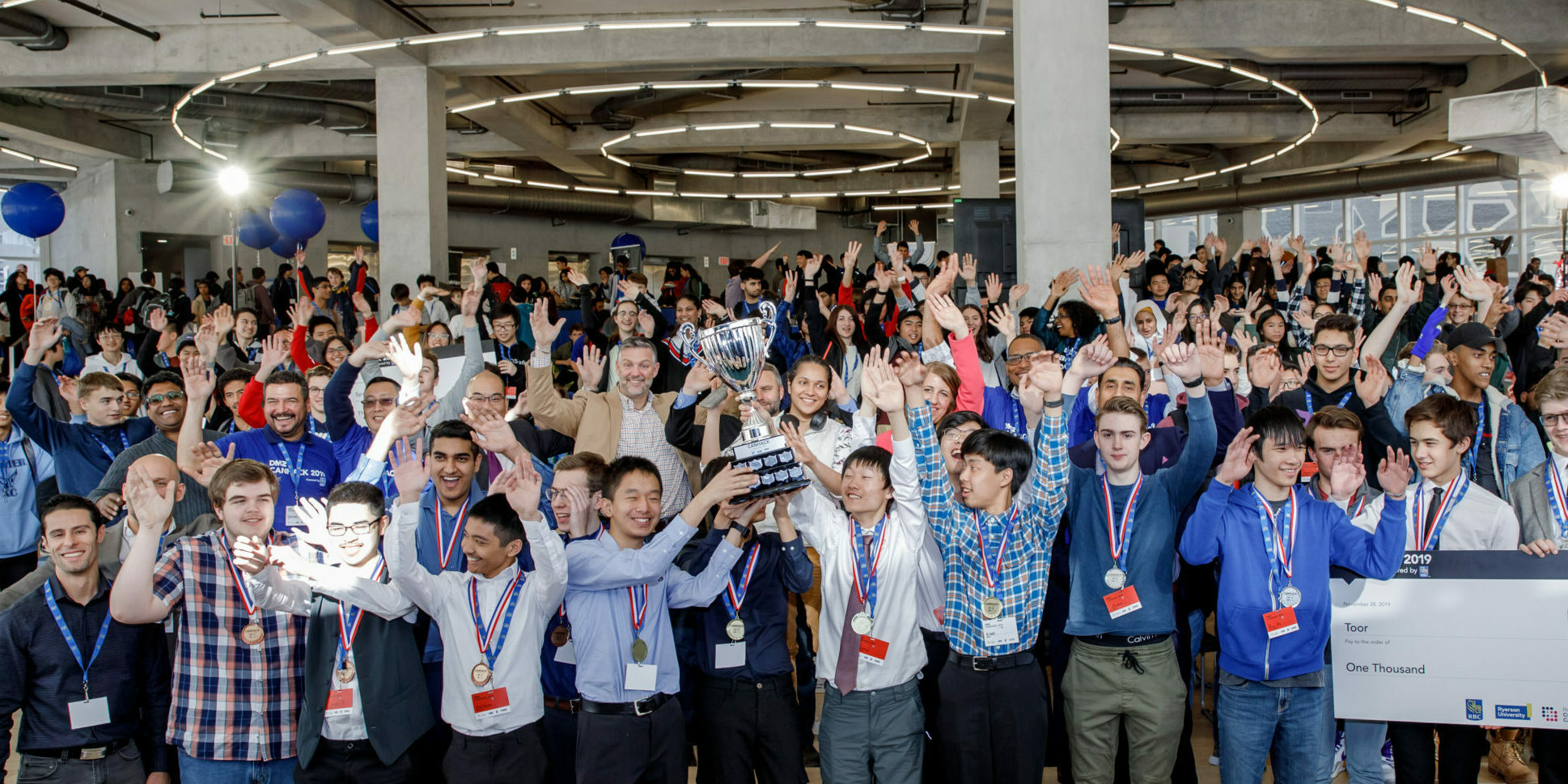Keeping up with where the tech space is headed, startup raises in the field, acquisitions, government initiatives and thought-provoking commentary will not only keep you informed but allow you to make better business decisions.
Here’s DMZ’s top-ten tech journalists to follow right now:
Sean Silcoff | Technology Reporter, Globe and Mail
Focus: technology and innovation


From startup raises, government initiatives, acquisitions and emerging industry trends, Sean Silcoff is known as one of the GOAT reporters at the Globe. He is the winner of three national newspaper awards and is the co-author of Losing the Signal: the Spectacular Rise and Fall of BlackBerry, which was released in May 2015.
Looking for in-depth, objective and emerging tech news? Look no further than Sean.
Tara Deschamps | Business Reporter, Canadian Press
Focus: business, technology, real estate


Tara Deschamps currently writes for the Canadian Press and is no stranger to major outlets, including the Toronto Star, the Globe and Mail, and the New York Times. Oftentimes bringing in a startup perspective, the bilingual reporter has covered various topics in the business sector, from technology to banking and insurance, retail and food. If Tara Deschamps is one thing, it’s versatile.
Rebecca Gao | Tech Update, Toronto Star
Focus: technology



Rebecca Gao wears many hats, three of them being a writer, an editor, and a digital content creator. These hats also include being Editor-In-Chief of the Strand and an Associate Editor at Best Health Magazine. She is also the master mind behind your bi-weekly innovation tech updates.
Explore Rebecca Gao’s technology hat through Toronto Star’s Tech updates.
Meagan Simpson | Senior Editor, Betakit
Focus: Canadian technology


Meagan Simpon has over 6 years of experience in the journalism and technology industries. Meagan is passionate about helping startups and entrepreneurs reach their goals, and works to share their stories with BetaKit’s readers. Her work has appeared in the Globe and Mail, Toronto Star, CBC, Techvibes, and many others.
Turn to Meagan Simpson and take pride in the Canadian tech scene.
David Skok | CEO & Editor-In-Chief, The Logic
Focus: innovation economy

David Skok has over 15 years of experience in the media industry, having worked as a reporter, editor, and content strategist. He has an extensive background in media strategy, content creation, and digital publishing. A big name in journalism, he sits on the advisory board of the Nieman Foundation for Journalism at Harvard and as a juror for the Pulitzer Prizes in journalism.
High-quality reporting and analysis might as well be David Skok’s middle names.
Lance Chung | Editor-In-Chief, The Bay Street Bull
Focus: Canadian entrepreneurship




Recognized as one of the top Canadian financial journalists by Canadian Business Journal, it only makes sense that Lance Chung is the architect and behind renowned publication Bay Street Bull. His two decades of experience award him expertise in stock markets, currency markets, and macroeconomics.
Looking for reads that perfectly intersect Canadian business, technology, entrepreneurship, lifestyle and culture? Look no further.
Temur Durrani | The Globe and Mail
Focus: creator economy, Big Tech, Web3


Temur Durrani has reported from five continents, publishing work in the New York Times, the Guardian, and the Washington Post. He is the recipient of numerous awards, including the National Newspaper Award, the Michener Award, and the Canadian Journalism Foundation Award.
Objective journalism, informed by his unique perspective as a South Asian-Canadian, is the name of Temur Durrani’s game.
Camille Dundas | Co-Founder, Editor-In-Chief, ByBlacks
Focus: racial equity, Canadian businesses and entrepreneurs


ByBlacks provides a platform for Black Canadian voices to be heard and their stories to be shared. The Co-Founder and Editor-In-Chief, this venture led to Camille being named one of Toronto Metropolitan University’s “Media Makers,” an honour given to Journalism grads who have made exceptional achievements in journalism. Before ByBlacks, Camille was the Features Editor at CBC Life and, before that, the Arts Editor at NOW Magazine.
Over the course of a decade, Camille Dundas has built a career focused on creating meaningful content that engages and inspires readers.
Stephanie Hughes | Financial reporter, Financial Post
Focus: business news and finance




Stephanie Hughes is a financial reporter for the Financial Post, specializing in coverage of the Canadian economy. She has been covering business and economic trends since 2013, making financial news accessible to the public as an advocate for financial literacy. Her work has been recognized by the Canadian Association of Journalists and the National Newspaper Award.
All founders could use Stephanie Hughes right now as a source of insight into economic uncertainty.
Sarah Bartnicka | Head of Content, The Peak
Focus: business and finance, technology, economics




Sarah Bartnicka is a highly sought-after speaker on a variety of topics related to content creation, media, and entrepreneurship. She is committed to helping bring readers quality content that is both timely and engaging as Head of Content at The Peak, a five-minute newsletter on Canadian business, finance, and technology.
Wasting time is impossible with Sarah Bartnicka’s quick yet high-quality picks.
Want to hear our top-pick stories too? Sign up for our bi-weekly Tech Talk newsletter here!










